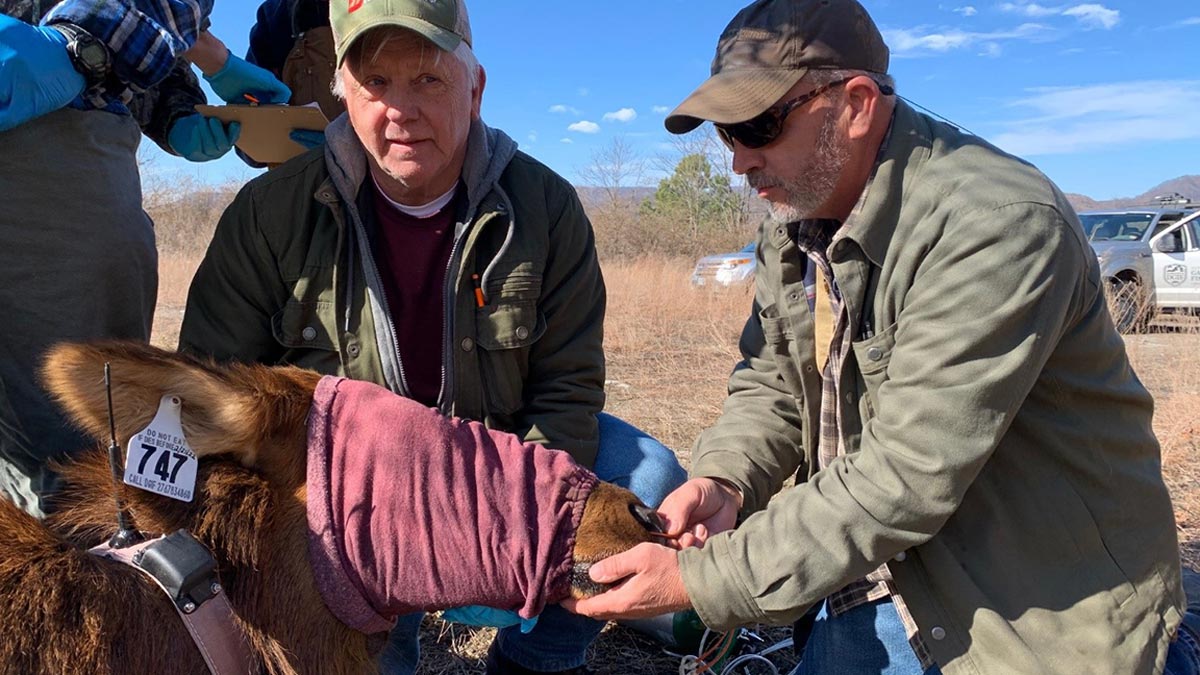Below is a Facebook post from the Virginia Department of Wildlife Resources.
In January, (the Virginia Department of Wildlife Resources) DWR Wildlife Division employees captured some of the elk in Virginia’s elk herd and fitted them with GPS-radio collars. The effort is part of ongoing research designed to learn more about the daily and seasonal movements of elk and their habitat preferences. A few additional benefits of obtaining elk GPS locations include understanding elk survival rates, elk use of habitats that are created and managed for them, locations of elk herds for targeting population surveys, and elk movements relative to roads and other structures to inform potential mitigation measures.
The elk were captured either by free-darting with a chemical immobilizer or by trapping and then chemically immobilizing them. Elk trapping is more successful and more comfortable for the elk during the cold winter months. While the elk were chemically immobilized, the collars were placed around their necks and ear tags, a visual means of identifying individual elk, were placed. Future elk counts, conducted either in person or by trail camera, will use the number of tagged elk and untagged elk to estimate the population size.
Virginia will hold its first-ever managed elk hunt this fall.
(Photo credit: Virginia Department of Wildlife Resources)
